The 1 Br Corps deployment zone sits between Hanover in the North to Einbeck in the South. Deployed to the North is 1 GE Corps and to the South covering the more broken terrain of the Harz Mountains and the Saurland is 1 Be Corps. The detail of NORTHAGs deployment was previously covered here.
The Corps area is dissected by the Rivers Weser and Leine and has the Harz mountains on its Southern boundary and the Teutoburger Wald to its rear. The city of Hieldesheim sits in the center of the Corps area of responsibility with the ground to the south of Hieldesheim being more broken and to the North more open. The Corps sits astride an Axis of Advance to the Ruhr industrial conurbation.
The Corps concept of operations saw a covering force fighting a delaying action from the Inner German Border back to a Main Defensive Position that sat forward of the River Weser and across the River Leine. The covering force battle would buy time for the preparation of the MDP and potentially the deployment of units from the UK if this had not happened in transition to war. To the rear was the reserve Division with the primary task of launching a counterstroke into the advancing Soviet Armies once the main axis of advance had been identified and this would create the conditions for a counter offensive by the NORTHAG reserve to restore the Inner German Border.
- The Covering Force was provided by 2 Armoured Reconnaissance Regiments from 1 and 4 Divisions together with 644 Squadron AAC. The Recce Regiments at this time were 1st The Queens Dragoon Guards and The 16/5th Queens Royal Lancers. They were effectivly under command 1 Br Corps in this phase.
- The Northern MDP Division was provided by 1st Armoured Division covering the more open ground South of Hanover and North of Hildershiem.
- The Southern MDP Division was provided by 4th Armoured Division deployed in the Southern part of the corps area covering the more broken around the Sibbessa gap.
- The Parachute Regiment Group deployed to Hildershiem in the centre of the area and I would imagine they intended to stay put regardless of the developing situation. Hildersheim and the Parachute Regiment Group came under command of 1st Armoured Division.
- Corps Reserve was provided by 3rd Armoured Division. The corps reserve supplied its reserve Brigade to enable the withdrawal of the covering force through the main defensive position by securing crossing points over the Rivers forward of the Leine. Once the covering force had withdrawn 3rd Division's reserve Brigade would join the rest of the Division West of the Weser and launch its counter stroke.
- The Corps Rear area was secured by 2nd Infantry Division, which also included 24 Airmobile Brigade which would primarily be used for counter penetration tasks into the forward areas and could be deployed in support of either the MDP or Covering Force Battle. Of Interest during Ex Lionheart in 1984, the German 53 Heimatschutz Brigade reinforced 2nd Division and 24 Brigade (at the time a Mech (W) Brigade) was released for deployment else where.
- The Rear Combat Zone and Communication Zone sat behind the Corps rear boundary.
Behind the forward deployed Corps of NORTHAG sat III US Corps, once it had completed its deployment from the US it would conduct subsequent operations to restore the line of the Inner German Border.
By the close of the Cold War NORTHAG reserve included a multinational Airmobile division that included:
- UK 24 Airmobile Brigade
- Ge 255 Luftlande Brigade
- Be Para Commando Regiment
The Essentials of the 1 BR Corps plan were therefore:
- Covering Force - Recce and 644 Squadron AAC Forward
- Main Defensive Position Battle including Divisional Covering Force and Divisional counter attacks/penetration.
- Counter Penetration by 24 Brigade (88/89) after formation of Brigade and prior to move to multinational Airmobile Division.
- Counter Stroke - 7 Panzer Division & 3rd Armoured Division
- 3rd Armoured Divisions Recce Regiment
- 4th Armoured Divisions 19 Infantry Bde
- 665 Sqn AAC
- 2nd Infantry Division
My intent is to set a number of Scenarios within the 4th Armoured Divisions area of responsibility primarily as it had a slightly more diverse force structure than 1 Armoured Division deployed in the more open ground to the North and therefore holds a little more variety in the type of actions and forces that can be used. 19 Brigades deployment area around Bockenem is shown on the map below.
So essentially the 4th Armoured Division was a Mechanised Division with 1 Mech (T) Brigade, 1 Mech (W) Brigade and an Armoured Brigade. The organisation of the 4th Armoured Division was as follows:
5th Inniskilling Dragoon Guards (Chieftain) 3 Royal Anglian (FV 432) 2 Queens (FV 432)
15/19 Hussars (Challenger) 4/7th Royal Dragoon Guards (Challenger) 1 Royal Regiment of Wales (FV 432) replaced by 1 RIRISH in 1990 (Warrior)
1 Kings Own Scottish Borderers, (Saxon) 2 Royal Anglian, (Saxon) 1 Staffords, (Saxon) Royal Hussars (Chieftain, Less 1 Sqn to UKMF)
Engineers and artillery would tend to be attached to the brigades, recce squadrons could be attached to brigades but tended to operate as a divisional asset along with the AAC Regiment. Additionally the division would have a squadron from 32 Armoured Engineer Regiment with troops being attached to brigades as required.
The Divisions operational concept had the Armoured Brigade and the Armoured Recce Regiment deployed forward as a covering force. The Armoured Recce Regiment being initially under command of 1 Br Corps as a component of the Corps covering force. The 2 Mechanised Brigades then developed and manned the Main Defensive Position with the covering force withdrawing back into reserve where it would be reconstituted by replacement crews and vehicles from the Armoured Delivery Regiment. The AAC regiment would take a very active role in counter penetration as the ground lent itself well to HELARM anti tank ambushes. I expect it would have been active in both the divisions covering force battle and the MDP battles.
19 Brigade the Mech (W) Brigade would deploy in the North of the area around the Bockenem bowel at the entrance to the Sibbessa gap and 11 Brigade, the Mech (T) Brigade to the South around Bad Gandershiem and Seesen. 20 Brigade would provide both the covering force and the reserve.
References:
Web:
M136 Exercise Picture Archive
British Army Units since 1945
Fire and Furry Cold War Orbats and Modern Resources
Staff Rides 1Br Corps Material and Maps
Books:
Web:
M136 Exercise Picture Archive
British Army Units since 1945
Fire and Furry Cold War Orbats and Modern Resources
Staff Rides 1Br Corps Material and Maps
Books:
The Royal Armoured Corps in The Cold War
The British Army in Germany, an Organisational History 1947 - 20
British Army of the Rhine, TJ Gander
The Royal Engineers, TJ Gander
British Army of the Rhine, TJ Gander
The Royal Engineers, TJ Gander
Other Posts of Interest:
ORBAT 1980s British Battle Group, Part 1, Part 2, Part 3, Part 4, Part 5, Part 6, Part 7
ORBAT - 1980's British, Army Air Corps Aviation Regiment
ORBAT - The RAF in Germany in the 1980s
ORBAT - 1980's British BG, NATO and BAOR Reinforcement, Part 1 General
ORBAT - 1980's British BG, NATO and BAOR Reinforcement, Part 2 The Infantry Brigades
ORBAT - Soviet Task Org, Fronts against NORTHAG
ORBAT - 1980's British, Army Air Corps Aviation Regiment
ORBAT - The RAF in Germany in the 1980s
ORBAT - 1980's British BG, NATO and BAOR Reinforcement, Part 1 General
ORBAT - 1980's British BG, NATO and BAOR Reinforcement, Part 2 The Infantry Brigades
ORBAT - Soviet Task Org, Fronts against NORTHAG



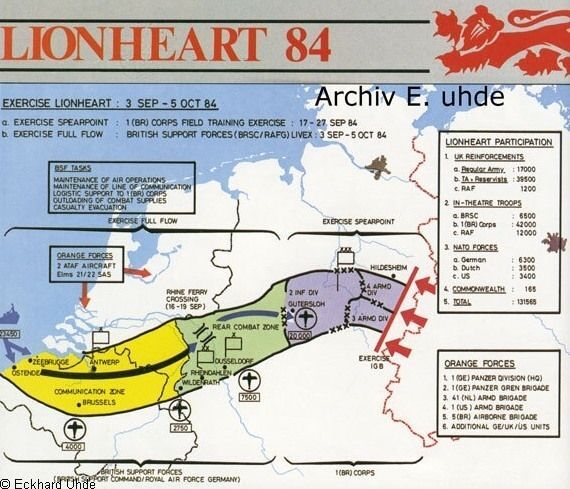
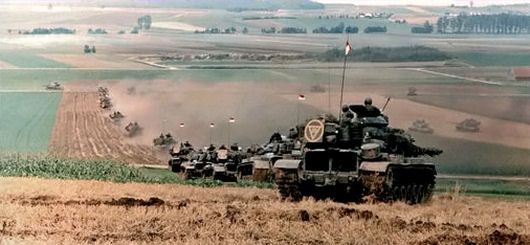
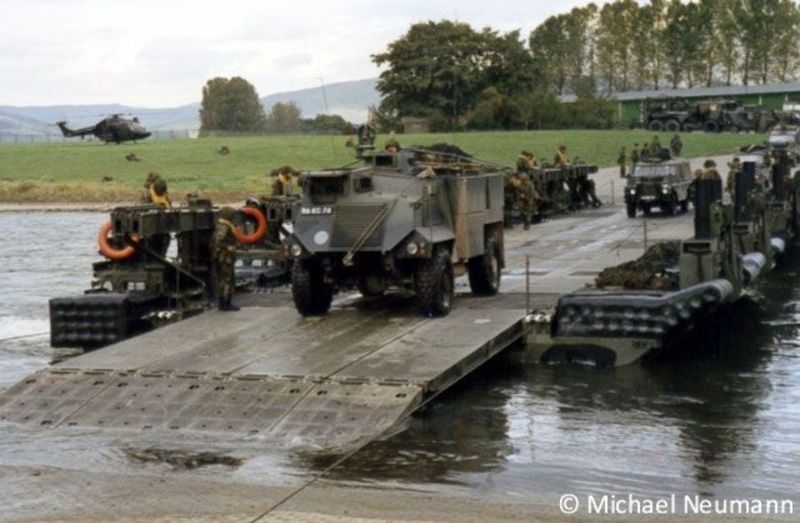
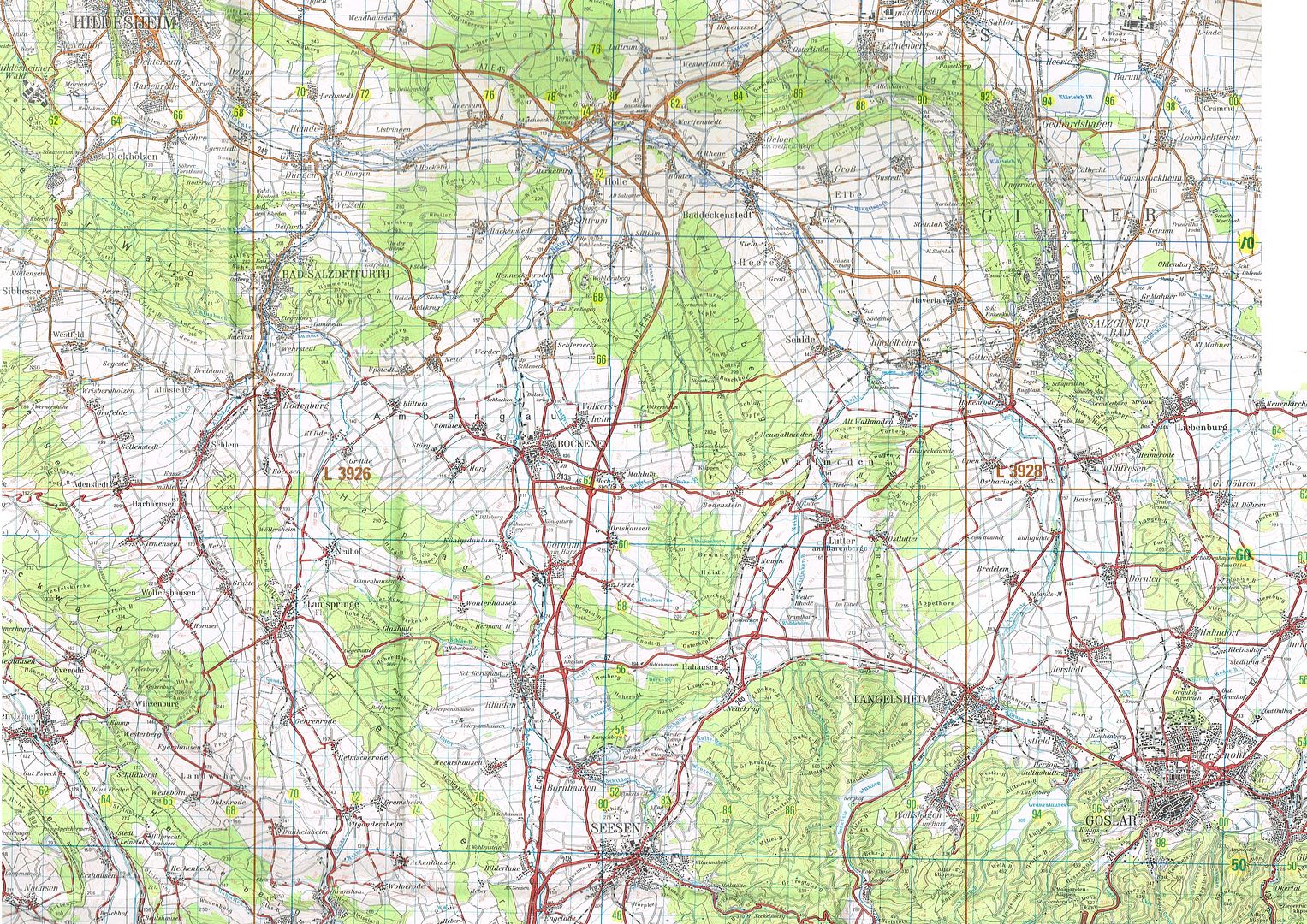
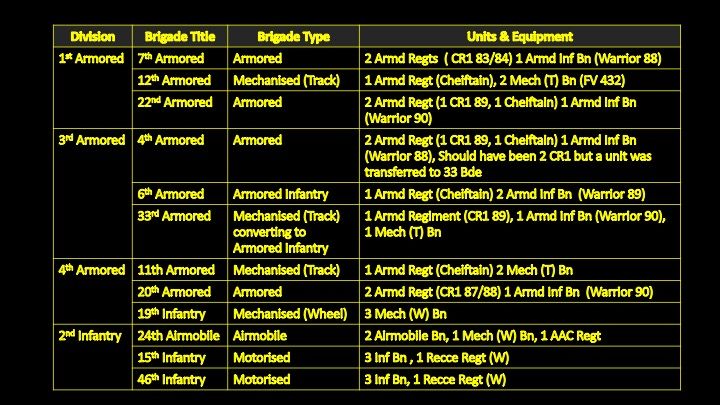
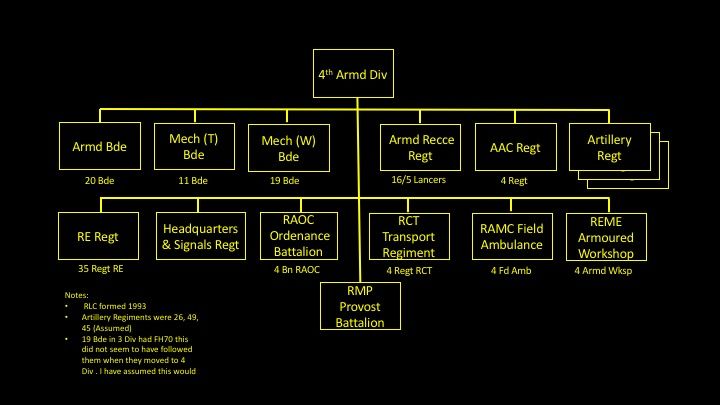
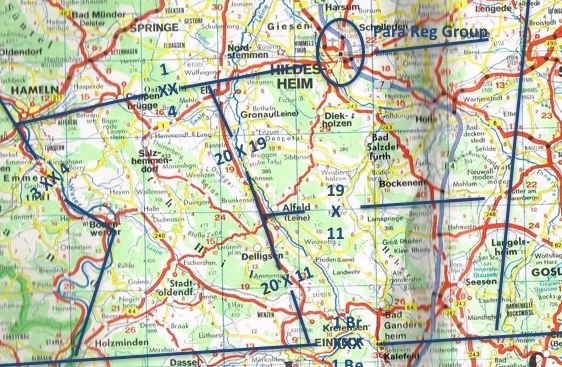
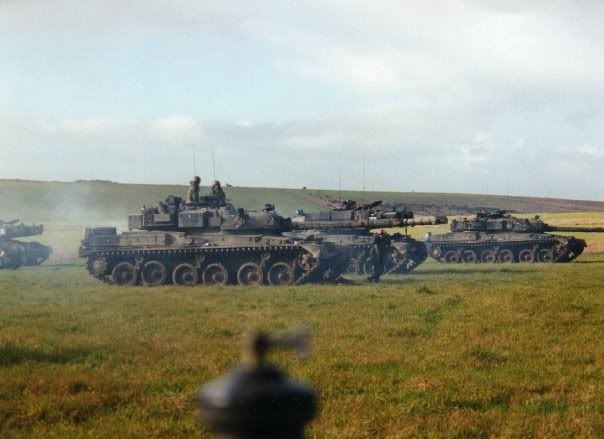
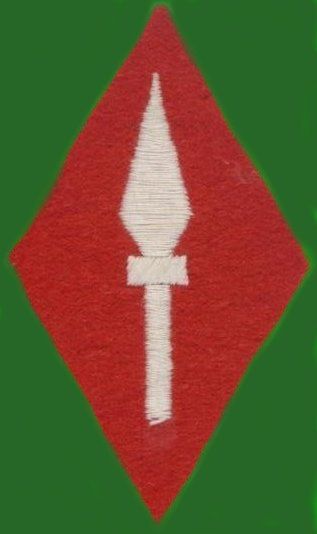
Very useful thank you!
ReplyDeletethanks for letting me know, always good to get feedback.
Delete4 (Armd)Div's Recce Regt was 16/5 Lancers throughout 1987 & 1988. I don't know if 13/18 Hussars was the Div Recce Regt before or afterwards because I wasn't there then.
ReplyDeleteSenior moment, 13/18 left in 87 and were replaced by 16/5, do you know where the 16/5 were based then? was it Herford?
DeleteUpdated, thanks for letting me know
DeleteHi Andy. Yes, they were in Herford but not co-located with Div HQ or the Div Sig Regt.
ReplyDeleteI found your post really interesting - brought back loads of memories :-)
Thank you for this excellent article and resource. Any plans to do the same for the remaining NATO Corps?
ReplyDeleteGlad you found it useful, I don't currently have plans to cover the rest of the Northag's Corps. I might do a more detailed analysis of Northag's deployment and plan as the post
DeleteORBAT - Soviet Task Org, Fronts against NORTHAG,
really dose not look at the NATO angle in much detail. There are some useful references off that post and the Dutch story is reasonably well covered here:
http://www.orbat85.nl/order-of-battle/royal-army/1-nl-corps/1-lk.html
David Isbey's book The Armies of NATOs central Front together with the Book Confrontation the Strategic Geography of NATO and the Warsaw Pact would probably provide a reasonable outline of the German and Belgian Corps stories, there are a bunch of handy German language references here that cover force composition for most forces deployed in Europe at the time though I have only looked in detail at the German material.
http://www.relikte.com
The 20 Armd Bde Armoured Regiments were both equiped with Chieftain Mk 11 (Stillbrew and TOGS) upto 1990. I left the 4/7 RDG regiment based in Hobart barracks Detmold in mid 1990.
ReplyDeleteThanks for that will have to try and cross reference a few of the sources and see what emerges
DeleteExcellent stuff! Just a couple of comments on the 2 Inf Div orbat: 15 and 49 Brigades had 4 Infantry Bns each from 1982, increasing to 5 each by 1989. Most, if not all, the TA Infantry Bns had 4 Rifle Coys. By 1989, 1 Yorks had 5, with one detached for key point defence. Additionally, 2 Yorks was designated as "Airmobile", training as such from 1980 and serving as 2 Div airmobile reserve until the re-roling of 24 Bde, therafter as 15 Bde airmobile reserve.
ReplyDelete